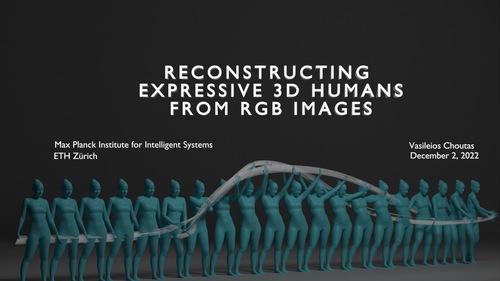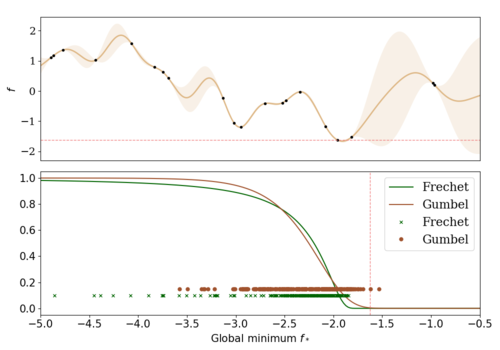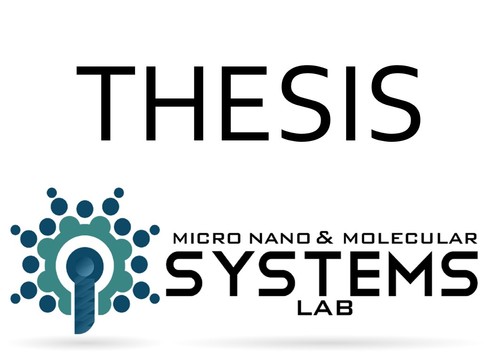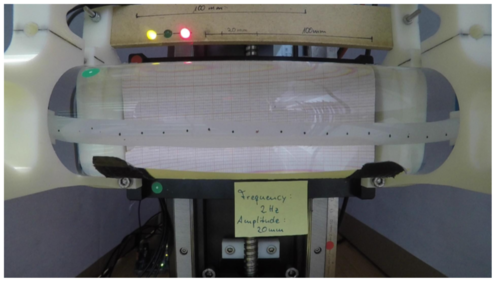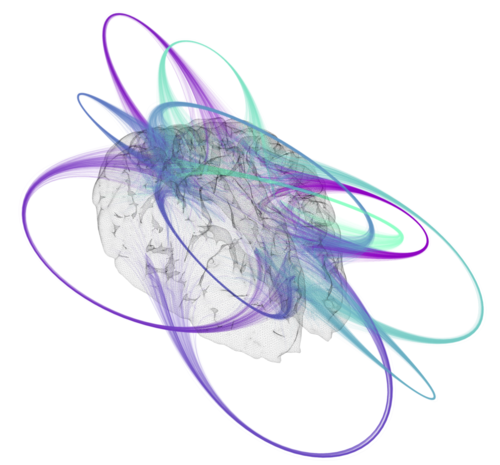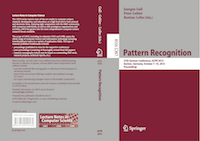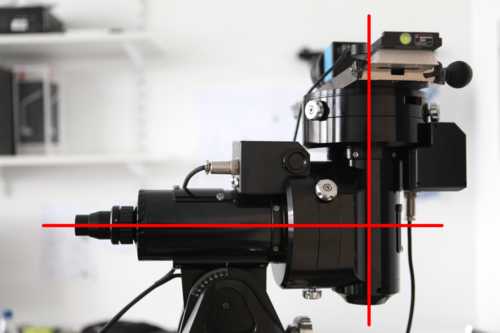2022
ps
Choutas, V.
Reconstructing Expressive 3D Humans from RGB Images
ETH Zurich, Max Planck Institute for Intelligent Systems and ETH Zurich, December 2022 (thesis)
ei
Schölkopf, B., Uhler, C., Zhang, K.
Proceedings of the First Conference on Causal Learning and Reasoning (CLeaR 2022)
177, Proceedings of Machine Learning Research, PMLR, April 2022 (proceedings)
2021
ei
Field, A., Prabhumoye, S., Sap, M., Jin, Z., Zhao, J., Brockett, C.
Proceedings of the 1st Workshop on NLP for Positive Impact
Association for Computational Linguistics, August 2021 (proceedings)
2020
mms
Nacke, R.
Voltage dependent interfacial magnetism in multilayer systems
Universität Stuttgart, Stuttgart, December 2020 (thesis)
icm
Dertli, Denis
Nichtgleichgewichtsdynamik einer abgekühlten kritischen Flüssigkeit mit Oberflächenfeldern unterschiedlichen Vorzeichens
Universität Stuttgart, Stuttgart, January 2020 (thesis)
ev
25th International Symposium on Vision, Modeling and Visualization, VMV 2020
(Editors: Jens Krüger and Matthias Nießner and Jörg Stückler), Eurographics Association, 2020 (proceedings)
am
ics
Marco, A., Rohr, A. V., Baumann, D., Hernández-Lobato, J. M., Trimpe, S.
Excursion Search for Constrained Bayesian Optimization under a Limited Budget of Failures
2020 (proceedings) In revision
2019
ei
Lutz, P.
Automatic Segmentation and Labelling for Robot Table Tennis Time Series
Technical University Darmstadt, Germany, August 2019 (thesis)
icm
Pranjić, Daniel
Fluctuating interface with a pinning potential
Universität Stuttgart, Stuttgart, 2019 (thesis)
icm
Beyer, David Bernhard
Controlling pattern formation in the confined Schnakenberg model
Universität Stuttgart, Stuttgart, 2019 (thesis)
pf
Itzigehl, Selina
HPLC separation of ligand-exchanged gold clusters with atomic precision
Univ. of Stuttgart, 2019 (thesis)
2018
dlg
Richter, J.
Untersuchung und Charakterisierung von Teilelementen der Modifikation im Lumbosacralbereich von Vögeln
Hochschule Harz, 2018 (thesis)
icm
Maihöfer, Michael
Pattern forming systems under confinement
Universität Stuttgart, Stuttgart, 2018 (thesis)
icm
Bebon, Rick
Electrostatic interaction between colloids with constant surface potentials at fluid interfaces
Universität Stuttgart, Stuttgart, 2018 (thesis)
icm
Wilke, Moritz
Non-equilibrium dynamics of a binary solvent around heated colloidal particles
Universität Stuttgart, Stuttgart, 2018 (thesis)
icm
Meiler, Tim
Monte Carlo study of colloidal structure formation at fluid interfaces
Universität Stuttgart, Stuttgart, 2018 (thesis)
pf
Hornberger, Lea-Sophie
DNA-linked gold nanoclusters
Univ. of Stuttgart, 2018 (thesis)
icm
Sattler, Alexander
Surface structure of liquid crystals
Universität Stuttgart, Stuttgart, 2018 (thesis)
pf
Vogt, Pascal
HPLC-Trennung von Gold-clustern
Univ. of Stuttgart, 2018 (thesis)
2017
icm
Hölzl, Christian
Non-equilibrium forces after temperature quenches in ideal fluids with conserved density
Universität Stuttgart, Stuttgart, 2017 (thesis)
pf
Troll, Jonas
Enzyme activity and transport in biological media
Univ. of Stuttgart, 2017 (thesis)
pf
Segreto, Nico
Propulsion of magnetic colloids at low Reynolds number
Univ. of Stuttgart, 2017 (thesis)
zwe-sw
Bramlage, L.
Design of a visualization scheme for functional connectivity data of Human Brain
Hochschule Osnabrück - University of Applied Sciences, 2017 (thesis)
icm
Schmetzer, Timo
Electrostatic interaction between non-identical charged particles at an electrolyte interface
Universität Stuttgart, Stuttgart, 2017 (thesis)
2016
ei
Ihler, A. T., Janzing, D.
Proceedings of the 32nd Conference on Uncertainty in Artificial Intelligence (UAI)
pages: 869 pages, AUAI Press, June 2016 (proceedings)
2015
ps
Gall, J., Gehler, P., Leibe, B.
Proceedings of the 37th German Conference on Pattern Recognition
Springer, German Conference on Pattern Recognition, October 2015 (proceedings)
am
ics
Doerr, A.
Policy Search for Imitation Learning
University of Stuttgart, January 2015 (thesis)
2014
ei
Schmeißer, N.
Development of advanced methods for improving astronomical images
Eberhard Karls Universität Tübingen, Germany, Eberhard Karls Universität Tübingen, Germany, 2014 (diplomathesis)
2013
ei
pn
Schober, M.
Camera-specific Image Denoising
Eberhard Karls Universität Tübingen, Germany, October 2013 (diplomathesis)
ei
Deisenroth, M., Szepesvári, C., Peters, J.
Proceedings of the 10th European Workshop on Reinforcement Learning, Volume 24
pages: 173, JMLR, European Workshop On Reinforcement Learning, EWRL, 2013 (proceedings)
2012
ei
Langs, G., Rish, I., Grosse-Wentrup, M., Murphy, B.
Machine Learning and Interpretation in Neuroimaging - Revised Selected and Invited Contributions
pages: 266, Springer, Heidelberg, Germany, International Workshop, MLINI, Held at NIPS, 2012, Lecture Notes in Computer Science, Vol. 7263 (proceedings)
ei
Panagiotaki, E., O’Donnell, L., Schultz, T., Zhang, G.
MICCAI, Workshop on Computational Diffusion MRI, 2012 (electronic publication)
15th International Conference on Medical Image Computing and Computer Assisted Intervention (MICCAI), Workshop on Computational Diffusion MRI , 2012 (proceedings)
ei
Hooge, J.
Automatische Seitenkettenzuordnung zur NMR Proteinstrukturaufklärung mittels ganzzahliger linearer Programmierung
University of Tübingen, Germany, 2012 (diplomathesis)
ei
pn
Klenske, E. D.
Nonparametric System Identification and Control for Periodic Error Correction in Telescopes
University of Stuttgart, 2012 (diplomathesis)
2011
ei
Kakade, S., von Luxburg, U.
JMLR Workshop and Conference Proceedings Volume 19: COLT 2011
pages: 834, MIT Press, Cambridge, MA, USA, 24th Annual Conference on Learning Theory , June 2011 (proceedings)
am
11th IEEE-RAS International Conference on Humanoid Robots (Humanoids 2011), Bled, Slovenia, October 26-28, 2011
IEEE, 2011 (proceedings)
2010
ei
Zscheischler, J.
Inferring High-Dimensional Causal Relations using Free Probability Theory
Humboldt Universität Berlin, Germany, August 2010 (diplomathesis)
ei
Shelton, J.
Semi-supervised Subspace Learning and Application to Human Functional Magnetic Brain Resonance Imaging Data
Biologische Kybernetik, Eberhard Karls Universität, Tübingen, Germany, July 2010 (diplomathesis)
ei
Mantlik, F.
Quantitative Evaluation of MR-based Attenuation Correction for Positron Emission Tomography (PET)
Biologische Kybernetik, Universität Mannheim, Germany, March 2010 (diplomathesis)
ei
Guyon, I., Janzing, D., Schölkopf, B.
JMLR Workshop and Conference Proceedings: Volume 6
pages: 288, MIT Press, Cambridge, MA, USA, Causality: Objectives and Assessment (NIPS Workshop) , February 2010 (proceedings)
ei
Rakitsch, B.
Finding Gene-Gene Interactions using Support Vector Machines
Eberhard Karls Universität Tübingen, Germany, 2010 (diplomathesis)
ei
Zwießele, M.
Detecting and modeling time shifts in microarray time series data applying Gaussian processes
Eberhard Karls Universität Tübingen, Germany, 2010 (thesis)
ei
Köhler, R.
Detecting the mincut in sparse random graphs
Eberhard Karls Universität Tübingen, Germany, 2010 (diplomathesis)
2009
ei
Mülling, K.
Motor Control and Learning in Table Tennis
Eberhard Karls Universität Tübingen, Gerrmany, 2009 (diplomathesis)
ei
Drewe, P.
Hierarchical Clustering and Density Estimation Based on k-nearest-neighbor graphs
Eberhard Karls Universität Tübingen, Germany, 2009 (diplomathesis)
2008
ei
Kober, J.
Reinforcement Learning for Motor Primitives
Biologische Kybernetik, University of Stuttgart, Stuttgart, Germany, August 2008 (diplomathesis)
ei
Peters, J.
Asymmetries of Time Series under Inverting their Direction
Biologische Kybernetik, University of Heidelberg, August 2008 (diplomathesis)
ei
Lespérance, Y., Lakemeyer, G., Peters, J., Pirri, F.
CogRob 2008: The 6th International Cognitive Robotics Workshop
Proceedings of the 6th International Cognitive Robotics Workshop (CogRob 2008), pages: 35, Patras University Press, Patras, Greece, 6th International Cognitive Robotics Workshop (CogRob), July 2008 (proceedings)
ei
Berens, P.
Pairwise Correlations and Multineuronal Firing Patterns in
Primary Visual Cortex
Biologische Kybernetik, Eberhard Karls Universität Tübingen, Tübingen, Germany, April 2008 (diplomathesis)

